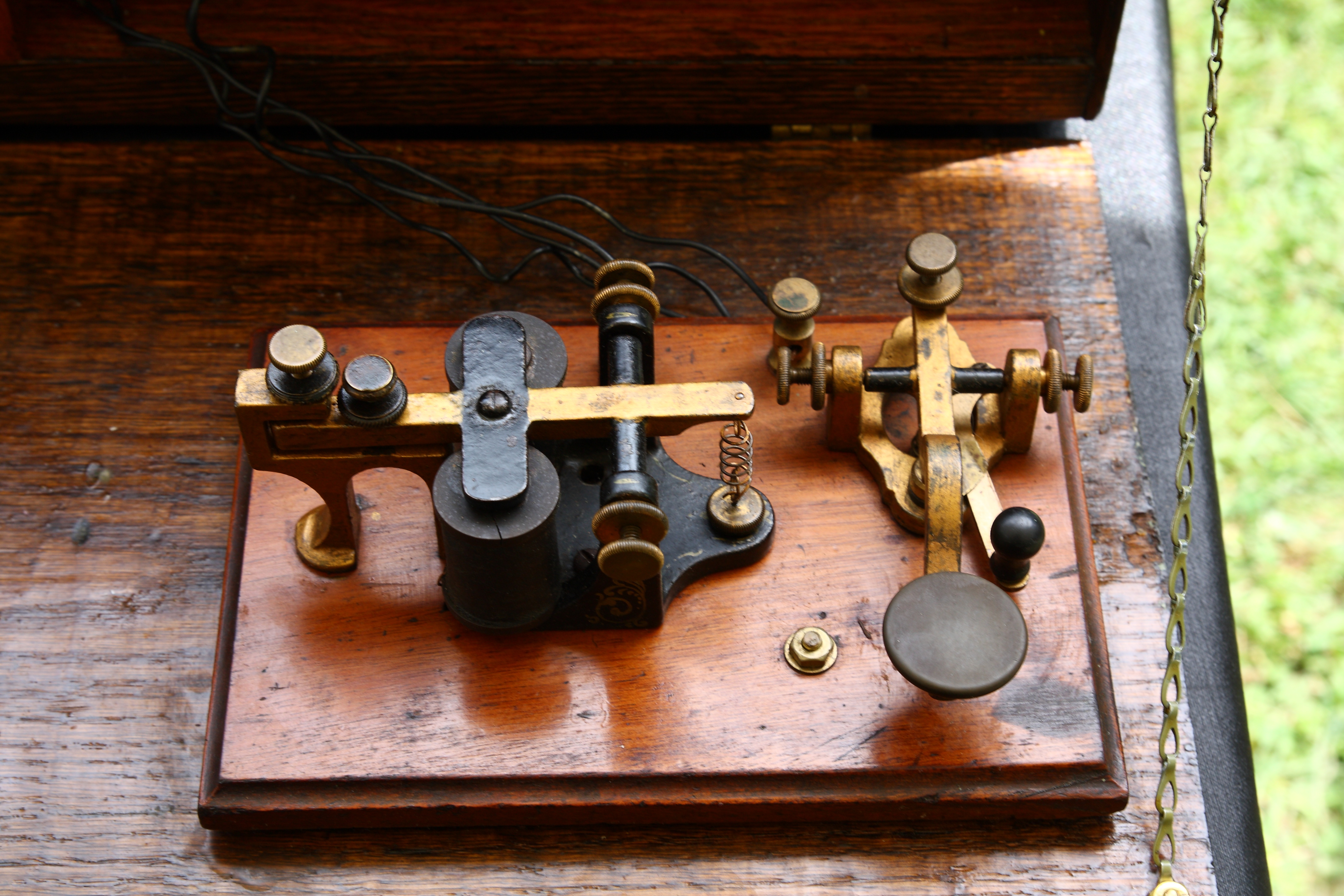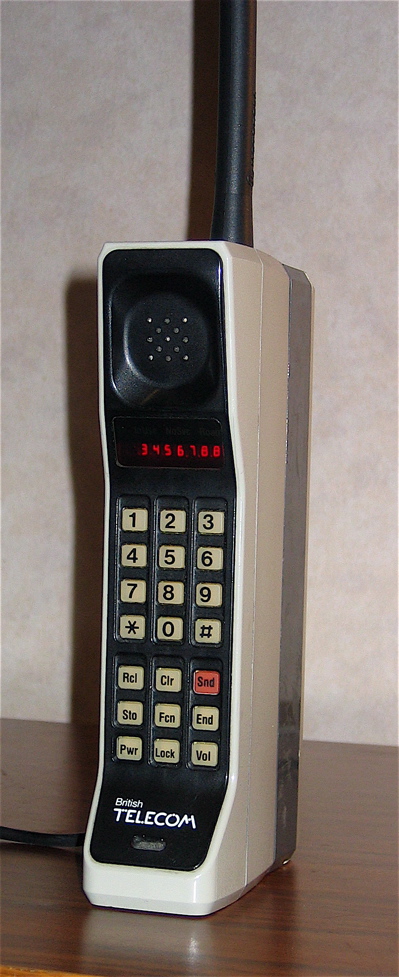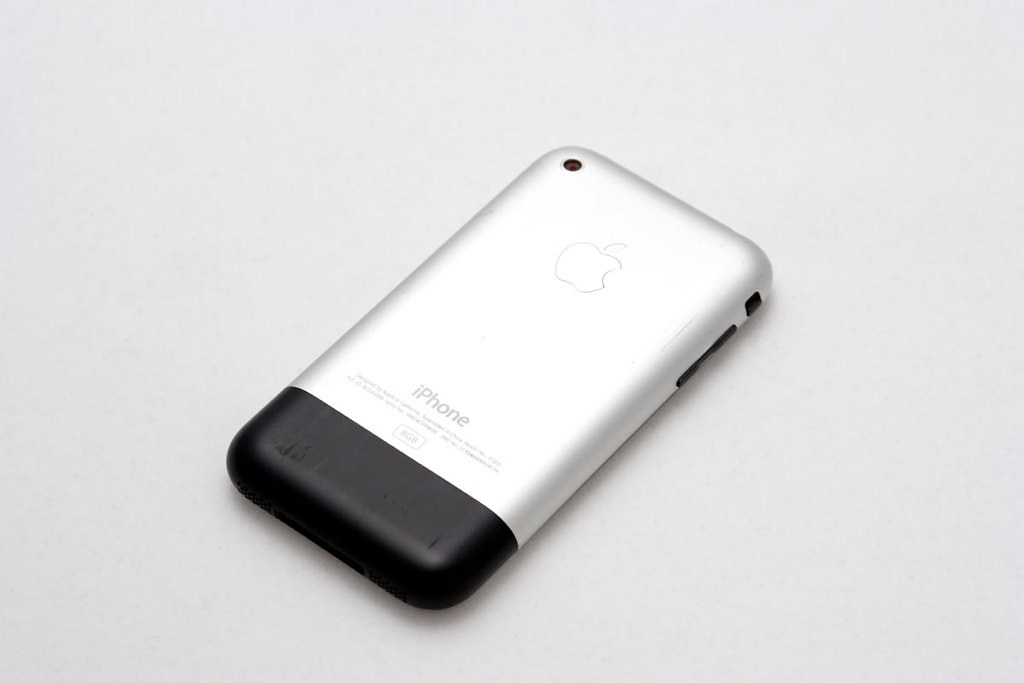Try to imagine different day-to-day life things as your parents or grandparents might have done when they were your age. Waking up to an alarm clock. Going downstairs, reading a newspaper, or watching TV perhaps. Using a timer on their stove while you cook an egg. Perhaps you work on your math homework, punching numbers into a calculator. You could start taking photos with a Camera, start drawing, or write your thoughts down in a journal. You might even get the phone book to place a call with a business or a friend.
The key difference is the tools our parents had used to get these things done. They had maps, mechanical timers, calculators, film cameras, paper & pencil, newspapers, all of which we still have today. However, most of our generation has replaced the functionality of all those tools with one, the smartphone. The smartphone is a critical tool for us because it is our most used item in our day-to-day lives now. We may not all depend on them for the same reasons; however, it is crucial to most people now in order to help get them through the day.

Our phones have come a long way from their ancestors. In fact, some younger people rarely even end up using their phones for their intended purpose of making calls. Despite being forgotten sometimes, our smartphones are descendants from an extensive history of telecommunication devices. It all started in with the invention of the telegraphs in the 1830s, which is a mixed history of different inventors first experimenting with using electricity to send a SIGNAL. The key difference between the telegraphs we learned about in history class, and the telePHONE was that the signal being transmitted was an off and on, series of dots and dashes, plain old morse code.
While morse code was great, many scientists knew that electricity would eventually be able to transmit actual sound soon. After another few decades of experimenting, it would then culminate into Alexander Gram Bell's patent of the first commercial landline telephone in 1876. Instead of sending simple high and low voltages over a wire, the telephone would pick up the users speech through a microphone, transducing the acoustic sound waves into electrical energy, creating a corresponding "wave" in the voltage of the wire where it would pass through to the other phone, which would then that same signal into the opposite speaker. This invention would prove to be a success. Bell would go on to create the Bell Telephone Company, which would then later become the foundations of the American Telegraph & Telephone Company. If that name rings a bell, that is because it is the name for AT&T, which is still one of the larget providers of telecommunication services to this day. In fact, the company had to be forced to split up by the government due to antitrust laws eventually. This new telephone technology would be reliant on wires connected to the international Public Switched Telephone Network (PSTN), aka the landline. It was at this point that the telephone would explode across the US under the Bell System for more than a hundred years before it's forced breakup in 1983. During this time AT&T and Bell Labs would go on to continue pioneering in telecommunications.


Talking to your friends across the globe is nice, but you know what's nicer? Being able to do so anywhere, untied to a stationary phone in a building. Landline technology would later be superseded by the advent of mobile cellular technology.
Mobile cell phones have been available since 1979 with the start of the first commercial cell network created by Nippon Telegraph & Telephone, and in 1983, Motorola released the DynaTAC8000X, bringing the the power of analog cellular technology to consumers. Instead of sending a sound signal through a wire like the former landline technology, the signal is modulated, amplified, and transmitted through radio waves.
The smartphone however, entered the public eye in 2007 with the release of the Apple iPhone (“The History of Apple iPhones.”). This is where the distinction must be made. When it comes to the communication technologies used, the same old boring cell phones that did nothing much but make calls and texts still rely on the same principles as the phone in your pocket for transmitting information through the air via radio waves.
However, the iPhone is what changed things forever for the future of our mobile devices. The cell phone was no longer about simply making telephone calls, it became access to the internet on the go. That and the switch to touchscreen as the de facto interface for mobile devices, is the key divide between the cell phones from the older generations, and what made the smartphone into such a success. Gen-Z was born while the internet was still maturing, and now they have access to it in the palm of their hands.

This portable internet access combined with all the utilities packed into the smartphone is what made them so iconic and valuable, which transformed the way people live their life. Of course, entertainment is the first reason to come to mind when wondering what has made the smartphone so valuable. However, the underlying utilities the smartphone provides are what make it a valued icon to them over the basic cell phones of the past. It is their alarm clock, timer, notepad, and map. It’s their thermometer and barometer for the weather. It is their camera and photo album. It is their music player and TV. They don’t write letters, they send emails, texts, and direct messages. The phone slowly became these everyday objects, all of which now reside entirely within their pockets. It explains why everyone is so attached to their devices now. This is evident when looking at the statistics of smartphone ownership. According to “Mobile Fact Sheet” by Pew Research in 2011, which is 4 years after the first iPhone was released, only 35% of American adults owned a smartphone, while 86% had a cell phone. Now as of 2021, 85% of American adults own a smartphone. Cell phone ownership technically increased to 96% as well but keep in mind that a smartphone falls under the category of cell phone. Smartphones are the new norm.
This technology has clearly been better adopted by the younger generations. However, it is important to note that Gen-Z had been raised on this technology. They are the most comfortable with their devices, and they adapt the quickest to changes. It is a stereotype with older folks struggling to get used to them. Most readers can relate to having to walk an older relative through the process of getting something done on their computer or smartphone. I’ve certainly gone through the rigamarole of demonstrating how to do a basic task on a phone to an older relative, and then when some part of that process changes due to software updates, they cannot adapt and figure out what to do on their own.
We have changed and grown significantly from our parents, and so have the tools we use to do daily tasks. For better or for worse, the smartphone has become our new Swiss Army Knife. Some people coordinate their entire lives through them. Others use it as just another thing, a toy to be played with when they are bored. Regardless of how one uses theirs, the smartphone has put the power of information in our bare hands, and ushered in a new generation in technology and how we live our lives.